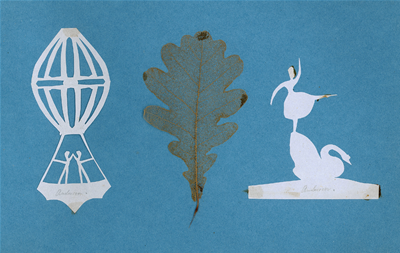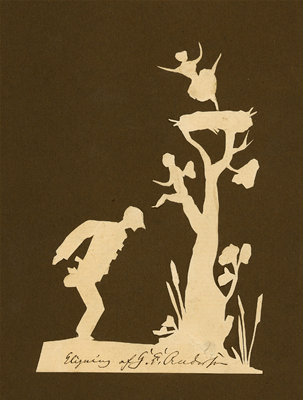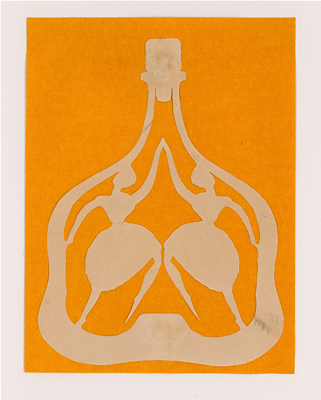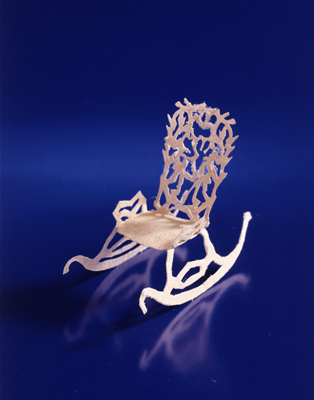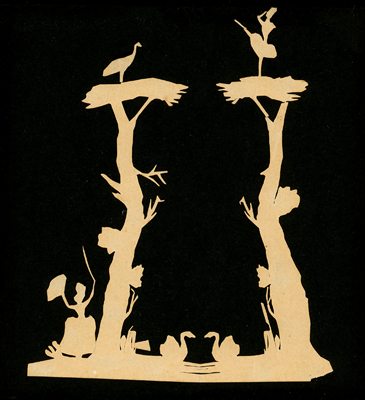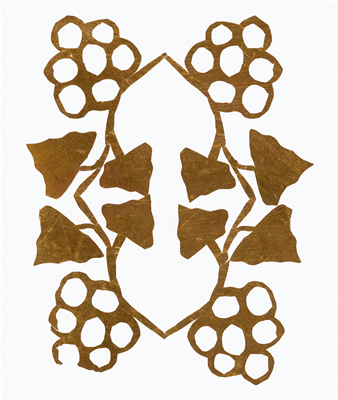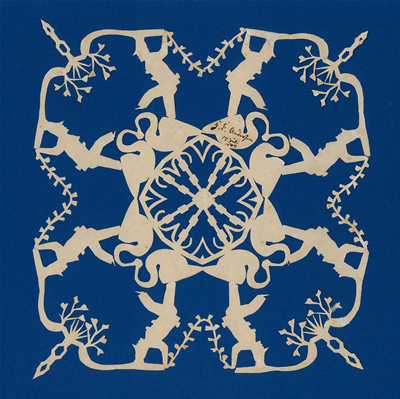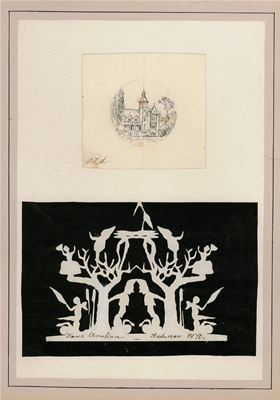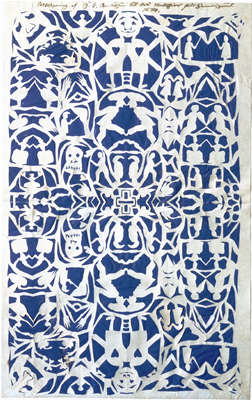Hans Andersen, a child who breaks into the adult world
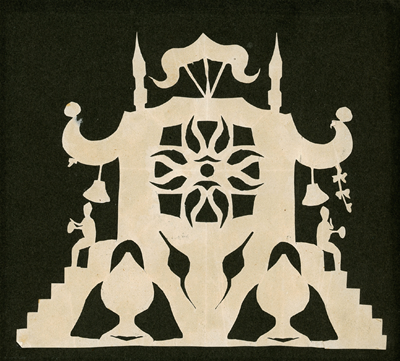
More than two hundred years ago, on the streets of Copenhagen, Denmark, a tall and thin man squatted down among children, with scissors and colored paper flying up and down in his hands, telling stories about angels, knights, and swans. As the story reaches its final climax, the paper-cut in the man’s hand slowly unfolds, and the fairy tale comes alive on a piece of paper. The tall, thin man among the children is “Hans Christian Andersen, the friend of children.”

Andersen's life can be summarized as “fantasy” and “loneliness”. Because of the fantasy of becoming famous, a shoemaker's son came to the Danish capital alone to make a name for himself. He became famous in Europe with the stories he created in his imagination, and his hometown “lit up bright lights for him.” “Fantasy” earned him the reputation of “The King of Fairy Tales”, but “fantasy” did not guarantee smooth sailing throughout his life. He was troubled by his “fantasy” throughout his life.
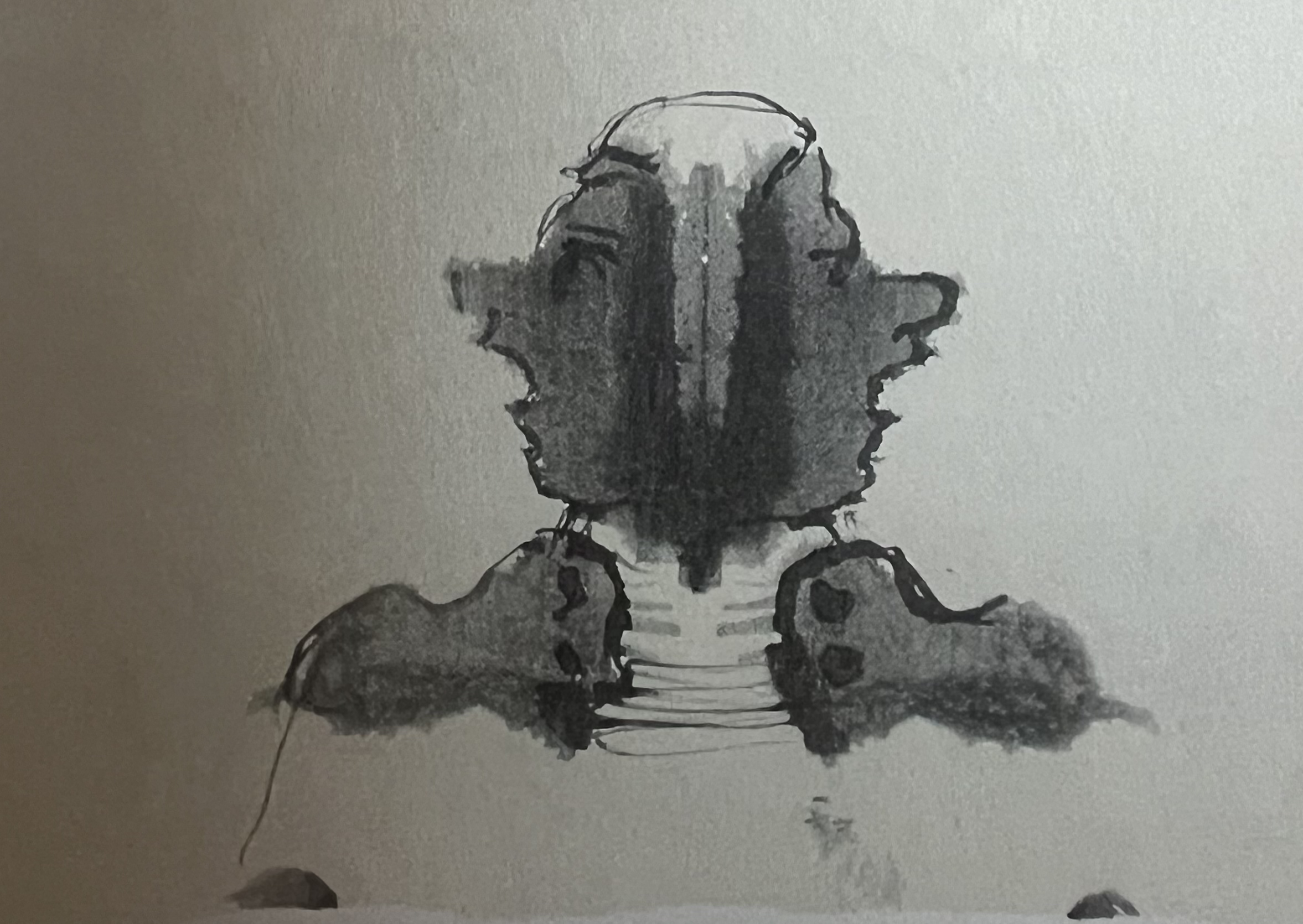
He was worried that his rich fantasies would lead him to madness. He once wrote in his diary that “God gave me the power of imagination to engage in poetry creation, instead of letting me wait to enter the lunatic asylum.”; He once fantasized about joining the upper-class society. He was once a guest of the King of Denmark, but being at the same dinner table does not mean that they are in the same world. It was difficult for him to establish close friendships with celebrities in Danish society. Andersen could only repeatedly move from one affluent family's invitation to another; He fantasized about becoming a literary giant, but because he had written many fairy tales, he was not taken seriously by the literary circles at that time, and was even criticized, “Sometimes, in their luxurious houses, people in great spiritual poverty make empty but profoundly striking comments about me. I forget to be calm and burst out vehemently: I want to be a poet acclaimed and honored!”; He had fantasized about love and the happy family he had never had. Despite multiple attempts at proposing, he never found success in love.
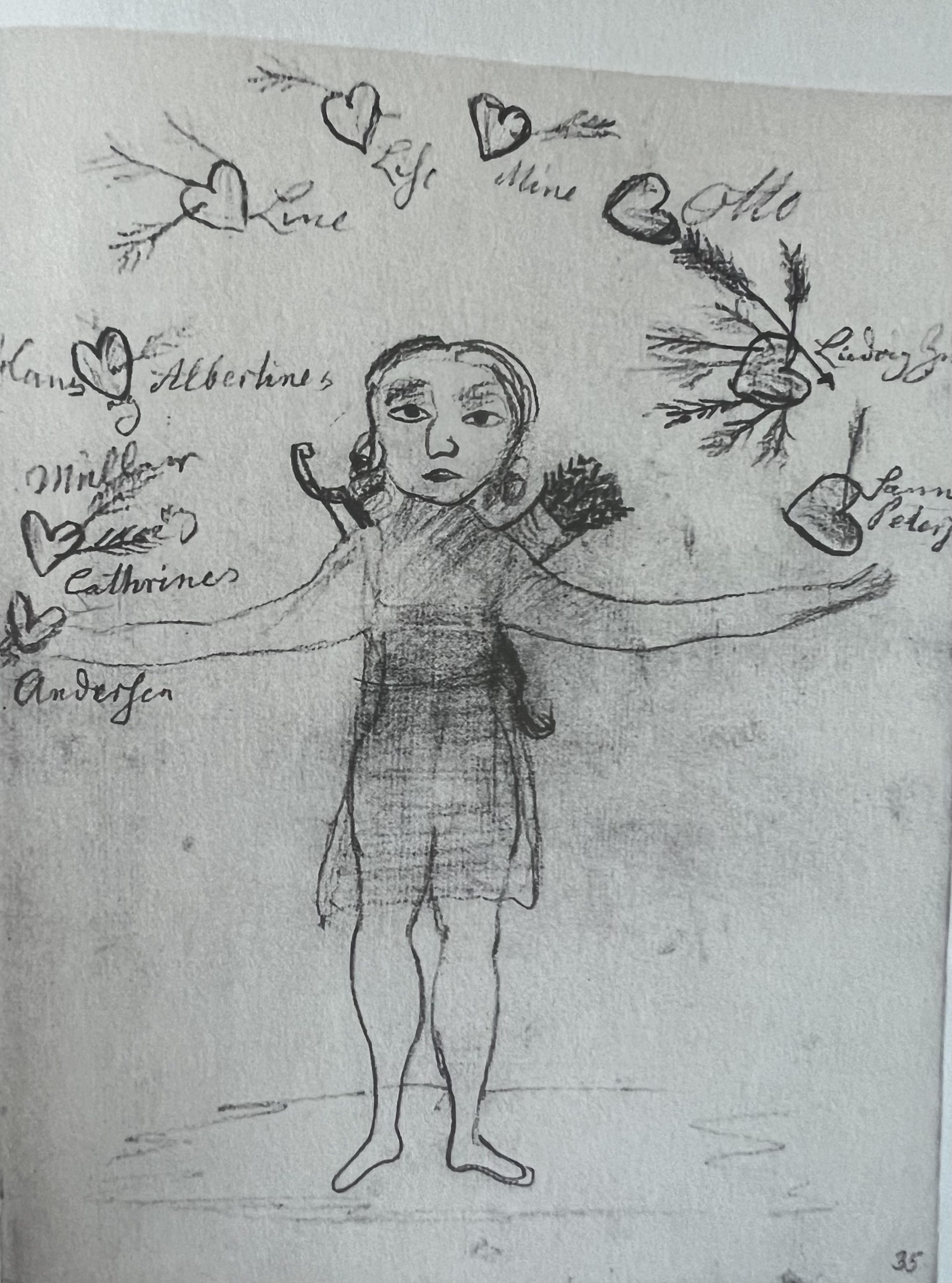
Perhaps every child, like Andersen, has imagined stories about angels, knights, and swans; he has also imagined success and fame; he has also imagined happiness. Most people will forget these memories and lose the ability to imagine when they grow up, but Andersen can keep his childlike innocence throughout his life, using fairy tales to tell stories in his imagination, using letters to spread new things happening in the world, and using paper-cuts to display his own fantasies. It is this childlike innocence that makes Andersen's fairy tales still attract many young readers even today, two hundred years later. However, this childlike innocence also makes Andersen become a child who breaks into the adult world. He is incompatible with the adult world around him, can only make friends with children, and is shadowed in “loneliness” throughout his life. In his paintings, the God of Love's arrows hit many hearts, but only the one with Andersen's name on it was left unhit. Andersen lived unmarried and childless, spending his later years in a residence provided by an appreciative merchant.
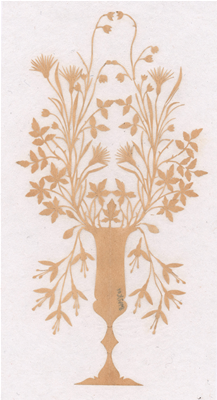
But even such a lonely person can put the happiness of others before his own happiness. As a well-known European writer, he wrote numerous poems in books that would never be published, all for the education of his young goddaughter and godsons; Andersen's father was injured in the military. His early death ended Andersen's childhood early, so Andersen donated his paper cuttings to a charity to raise money to support victims of the war; Andersen never had children of his own, but he would spend all night cutting and pasting picture books for children; Andersen, who was never happy throughout his life, wrote more than a hundred fairy tales for the happiness of children. These fairy tales are the epitome of Andersen's kind heart. His fairy tales not only include happy princesses and princes in castles, but also ordinary people in trouble. But when telling children about the difficulties of life, his fairy tales also include expectations for the future and a celebration of truth, goodness and beauty. The little match seller froze to death on the street while watching the rich family's Christmas dinner. But at the last moment of her life, the little girl followed her loving grandma in her fantasy to a place where there was no hunger, no cold, no pain, no sadness; the daughter of the sea faced numerous trials and failed to enter the human world, but she gained an eternal soul; the ugly duckling was bullied since childhood because of its ugly appearance, but eventually became “the most beautiful among the beautiful birds”
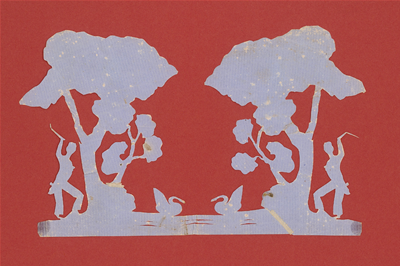
Maybe in an alternate timeline in Copenhagen, Andersen will be like the ugly duckling in his novel, "I never dreamed that I would have such happiness!" In this world, he will be hailed as "greatest poet of 19th-century Europe"; he will also have a home, and celebrities from all over Denmark and even the world will visit his home every day, making his home full of guests; the most important thing is that this home will have the happy family he has always imagined, and he will never feel alone again. But what remains unchanged is that he will still squat down among the children every day, with the scissors and colored paper in his hands flying up and down, telling stories about angels, knights, and swans.
